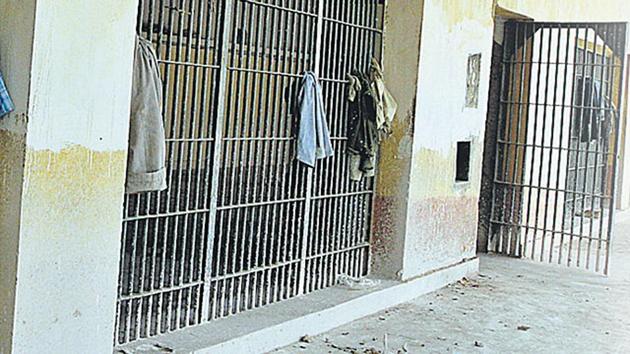Performance of state’s justice system not just determined by its resources
A budget crunch isn’t the only impediment to justice delivery. One must look at other social and historical inequities that persist and address them simultaneously.
A resource crunch isn’t the only impediment to justice delivery in India. One must address other social and historical inequities simultaneously

That various pillars of the criminal justice system — police, courts and prisons— do not live up to what is expected of them is well known. There are many anecdotal accounts of how the system is neither fair nor efficient most of the time. This holds true especially for the underprivileged.
Myriad statistics, such as on vacant posts and judicial pendency too, point towards this. But this is of little help in giving us a holistic assessment of how the justice system works across its various pillars in different parts of the country. The India Justice Report 2019 (henceforth to be referred to as the report), which was released on November 7, has taken us a step closer to answering this question. The report gives state-wise rankings on various performance indicators of the four pillars: police, prisons, judiciary and legal aid. Detailed data on human and infrastructural resources per unit population, actual versus sanctioned strengths, diversity of staff in these departments and budgetary allocations, among others, are some of the indicators taken into account to prepare this report.
The report also admits to its limitations, and why these rankings should not be taken as the final word on the subject. Is it possible to draw a big picture from the information given in the report? Based on the statistical information, one could argue that a resource crunch is an important impediment to the delivery of justice in India. But it’s not the only one.
The headline rankings prove this point. Haryana, Gujarat and Uttarakhand were the top three states with the highest per capita Gross State Domestic Product (GSDP) among the 18 large states for which rankings have been given. The figures of GSDP, which measures in monetary terms, the volume of all goods and services produced within a state during a given time period, are from 2017-18, which are the latest available for all states included in the rankings. Interestingly, none of the three feature in the top three of the report’s overall rankings. Instead, it is the western and southern states of Maharashtra, Kerala and Tamil Nadu, which are ranked in the top three in the report, even though their per capita GSDP was ranked 4th, 6th and 8th among these 18 states. The top three states by per capita GSDP were ranked 5th, 8th and 15th in the justice rankings. (See Chart)

This shows that better incomes, which would translate into better resources for a state, are not enough on their own to ensure a well-functioning justice system. The mismatch between per capita incomes and justice rankings isn’t the only intriguing statistic in the report.
Most states fail to utilise even existing resources to augment their justice system. Only one state out of 22 states and union territories (UT) for which data is available fully utilised its police modernisation funds. Only 15 out of 35 states and UTs used at least 90% of their budget earmarked for prisons. No state or UT out of 36 for which data is available used up its entire National Legal Services Authority (NALSA) funds. Legal aid is an important mechanism to provide affordable justice to the poor.
It is not just lack of financial resources which prevents the justice system from functioning effectively. The report highlights that even with similar resource endowments, states perform very differently on key indicators such as clearing court cases. In Jharkhand and Chhattisgarh, for instance, judges at subordinate court levels had 750 and 824 cases pending per judge, respectively, the lowest case load among the 18 big states. Yet they took about six years on average to settle a case. Their Uttarakhand and Punjab counterparts solved an average case in four years despite having 867 and 958 pending cases per judge. As the report shows, there are other indicators that decide performance: filling up vacancies in prisons and District Legal Services Authorities, courts and police, including in reserved seats that would ensure diversity, is as crucial to the functioning of the justice system as utilisation of funds.
On the important indicator of diversity within the ranks of the criminal justice system, which is a big determinant of the sensitivity and fairness of the system too there are similar mismatches. For example, Bihar and Uttar Pradesh, considered to the epicentre of Mandal politics in the country, the ratio of actual to reserved strength of police officers from Other Backward Classes (OBCs) was just 52% and 33%, respectively. Similarly, the share of women high court judges drops drastically compared to their share in subordinate courts.
One cannot undermine the importance of the resource crunch facing India’s criminal justice system, which the report correctly highlights. What these figures suggest perhaps is that the quest for improving the delivery of justice in India cannot ignore other social and historical realities which vary vastly in different parts of the country.
Get Current Updates on India News, Lok Sabha election 2024 live, Election 2024 along with Latest News and Top Headlines from India and around the world.




